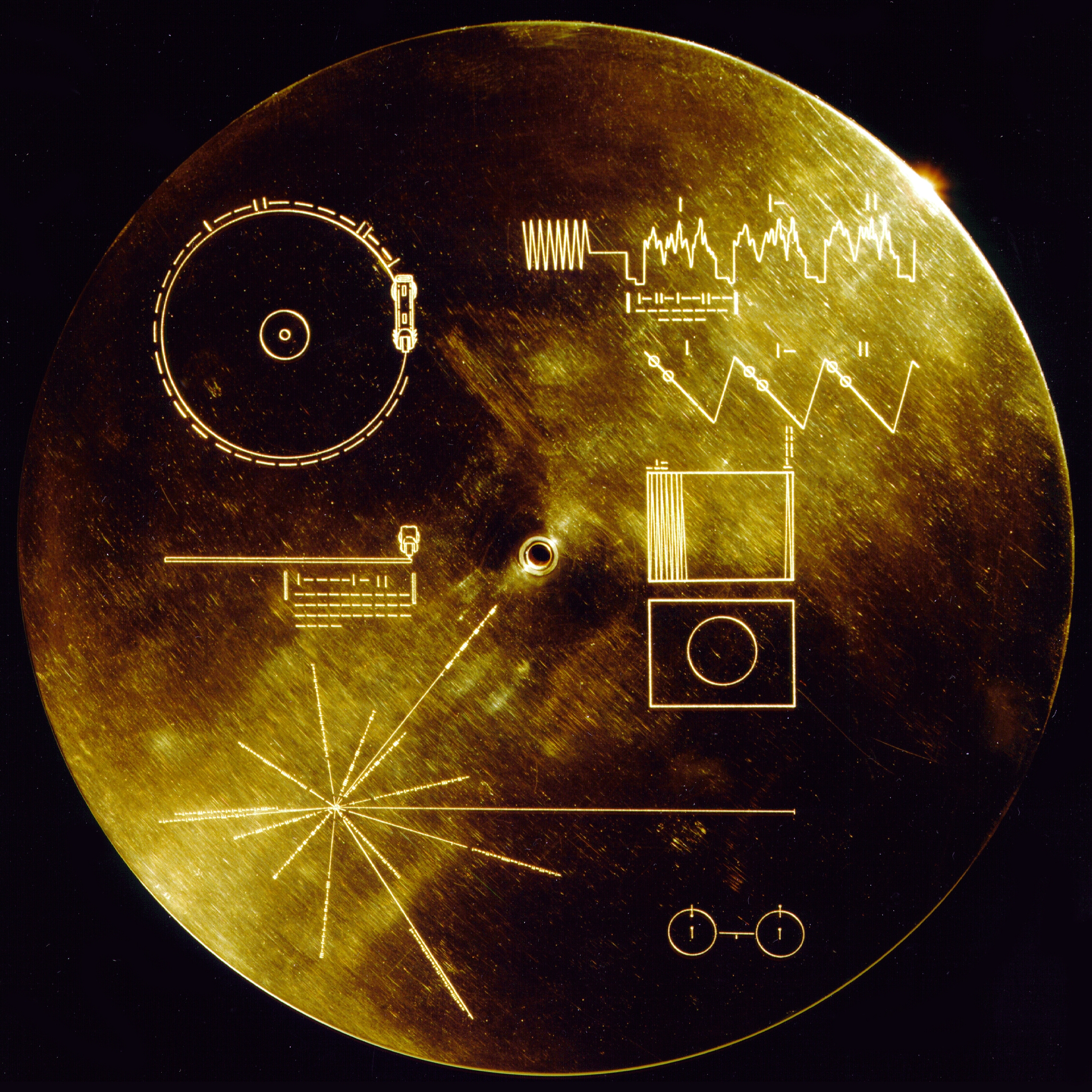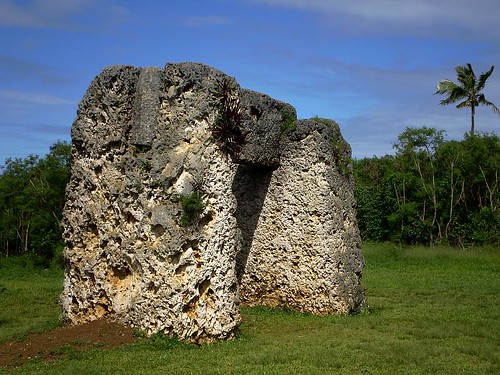 Jon Lomberg is one of the world's most distinguished space-artists. Lomberg was Carl Sagan's principal artistic collaborator for more than twenty years and in 1998, the International Astronomical Union officially named Asteroid Lomberg in his honour.
Jon Lomberg is one of the world's most distinguished space-artists. Lomberg was Carl Sagan's principal artistic collaborator for more than twenty years and in 1998, the International Astronomical Union officially named Asteroid Lomberg in his honour.In 1972, Sagan asked Lomberg to illustrate The Cosmic Connection, after which they worked on NASA's interstellar Voyager Golden Record, a record included in the two 1977 Voyager spacecraft. It contains sounds and images that portray the various life forms and cultures on Earth. The record is intended for any intelligent extraterrestrial life that may find it. It also contains information about our mathematics and science, as well as a way of decoding the record. As aliens may not see colours as we do, if they see at all, a method of decoding the information was included in the spacecraft, as well as an explanation of mathematics from its most simplistic level - one dot means the number one, two dots mean two, etc. From this point you can denote addition, multiplication and so on. The Voyager spacecraft are not heading towards any particular star, and Lomberg thinks that as the craft are unlikely to crash into a planet, if they are spotted, it will be by alien life that has mastered interstellar travel.
Lomberg also designed the original cover art for Sagan's novel Contact, and the opening sequence for the Contact film. Lomberg gave a talk at the Ultimo Science Festival and I was lucky enough to grab him for a chat afterwards. Listen to this podcast here:
For some more information on Jon, check out his website and have a read of the 10daysofscience story of his recent meeting with 1999 Young Australian of the Year, astronomer Professor Bryan Gaensler. This is a lovely story - Gaensler just happened to be sitting next to Lomberg at the Eureka Awards, and also had a tutorial scheduled for the next day on the challenges of portraying science and astronomy in film, using Contact as his primary example. Naturally, Gaensler asked Lomberg, “What are you doing at noon tomorrow?” See the 10daysofscience story for more information and videos from the tutorial.
To get you in the mood, here is the opening sequence for the movie Contact (on youtube here if you can't see the embed). It takes the journey of a spacecraft starting at Earth and hearing the sounds that Earth is currently pumping out into the Universe in the form of radio waves. As we pan out from Earth and journey further and further away, we hear older and older sounds to represent the idea that the sounds broadcast by the first radios are still travelling through the Universe - the further away we go, the older the music sounds, until we have left the solar system, and then the galaxy.













